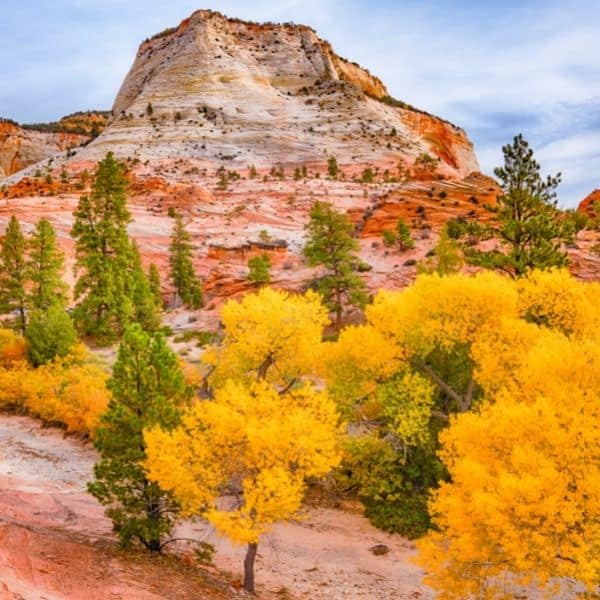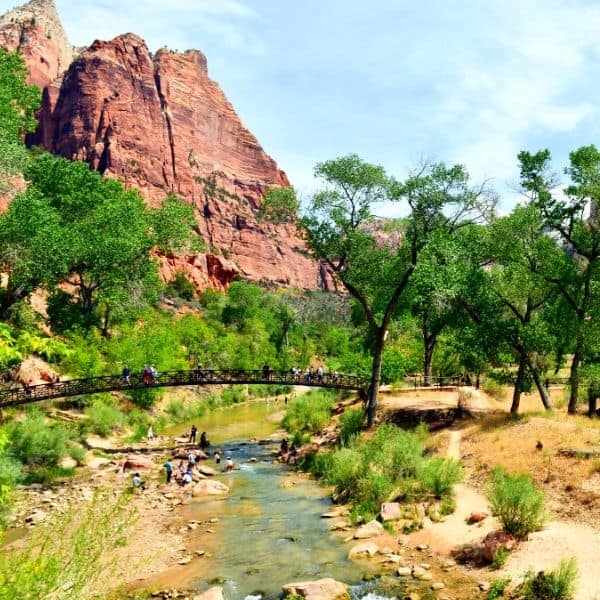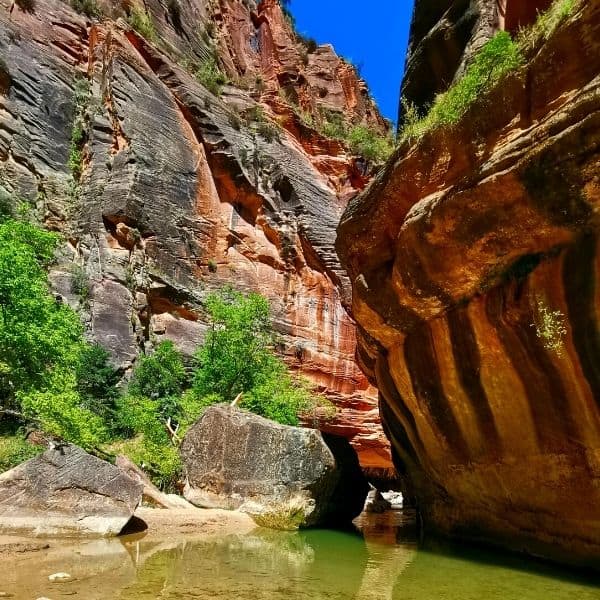 Zion National Park has much to offer a nature lover. It is one of the best wildlife destinations in the United States. The park has three national parks: Zion National Park, Cedar City-Brian Head Tourism Area, and nearby Cedar City. All these are within a four hour drive of Salt Lake City.
Zion National Park has much to offer a nature lover. It is one of the best wildlife destinations in the United States. The park has three national parks: Zion National Park, Cedar City-Brian Head Tourism Area, and nearby Cedar City. All these are within a four hour drive of Salt Lake City.
Zion National Park is a beautiful southwest Utah nature preserve marked by its steep red canyon walls. The park features spectacular scenery and abundant wildlife. Zion Canyon Scenic Drive passes through its center section, then leading to forested trails on the south side of the canyon. The main canyon, running north to south for about 200 miles, has a red sandstone walkway, with an easy access from the parking lots. Also along this trail, partially through deep canyon channels, is the Zion Narrows Wading Trail, which boasts spectacular scenery.
About halfway into the park’s west side, a visitor will come upon the Cedar City-Brian Head Tourism Area, whose beauty is the result of the many streams, lakes, and rivers that flow into the park. The atmosphere here is very enjoyable, as you will pass through small towns with old brick streets, mountain lodges, and lovely hotels. Nearby are the Cedar City-Brian Head Tourism Area’s Museum and Science Center. The latter offers a wide range of information about the history of the place, plus the fascinating history of the region as a whole. The Museum offers a few rare items on the history of the area, including a Reminiscence Room and a mummy display.
Further along the trail, a visitor will come across ponderous juniper trees, whose branches reach up to 100 feet in height. Further still, the flora and fauna of the area will provide another reminder of the lush greenery of the region, the deep red rock cliffs and colorful canyons. Just beyond the overlook, the trail continues into a less ambitious portion of the park, where the scenery becomes a bit more gray and the canyon’s rim less diverse.
Moving ahead a little farther, a visitor is going to see one of the park’s most famous attractions: the Zion Canyon Visitors Center. The main entrance, of course, is through the Red Rock Canyon. Here, a tourist can see the impressive granite faces of the Grand Canyon’s biggest, Western Range, and enjoy the panoramic view of the surrounding scenery. At the far side of the canyon, the Zion National Park Visitors Center has its very own gift shop. It sells trinkets and souvenirs that showcase the region’s beautiful scenery and wildlife.
The West Rim Visitor Center also features a gift shop where one can buy park maps, or spend some time browsing photos and articles on all the wonders of the area. The gift shops at the Cedar Point Lodge and the Liberty Tree Trail are perfect places to spend the afternoon, if you get the chance. Afterward, one can see the impressive geological formation known as The Great Salt Lake. To make matters even better, drive to the nearby town of Sandy, where one can experience the world-class sandy beaches and shopping areas.
Zion National Park is located in southwestern Utah, and its weather varies throughout the year. Here’s a general overview of what to expect:
Spring (March to May): Temperatures are typically mild, with daytime highs ranging from the 60s to 80s Fahrenheit (15-27 Celsius) and nighttime lows in the 40s to 50s Fahrenheit (4-10 Celsius). There can be occasional rain showers, so it’s important to bring a rain jacket.
Summer (June to August): Temperatures can be very hot, with daytime highs often exceeding 90 degrees Fahrenheit (32 Celsius). It’s important to stay hydrated and protect yourself from the sun by wearing a hat, sunscreen, and lightweight clothing. Thunderstorms are also common during the summer months.
Fall (September to November): Temperatures start to cool down, with daytime highs ranging from the 60s to 80s Fahrenheit (15-27 Celsius) and nighttime lows dropping into the 30s to 40s Fahrenheit (0-4 Celsius). The fall foliage in Zion can be spectacular, especially in late October and early November.
Winter (December to February): Temperatures can be cold, with daytime highs in the 40s to 50s Fahrenheit (4-10 Celsius) and nighttime lows dropping below freezing. Snow is possible, especially at higher elevations, so it’s important to bring warm layers and appropriate footwear.
Overall, Zion National Park has a desert climate, with low humidity and plenty of sunshine. It’s important to be prepared for sudden weather changes, especially during the spring and summer months, and to bring appropriate clothing and gear for your trip.
Related posts:
Zion National Park is known for its spectacular scenery and a large concentration of wildlife. In fact, you can have a great time exploring this national park even if you do not wish to spend much time hiking or climbing up the mountains. You will de...
There are many popular hikes in Zion National Park. The Virgin River Trail is a flat, easy trail that leads along the river. You'll see gorgeous views as you trek through the canyon. Observation Point is the highest point in Zion National Park, with ...
The vast, old-growth forests and deep valleys of Zion National Park make for some of the most spectacular outdoor scenery anywhere in the country. In fact, it's one of the best natural habitats left in the world for a variety of wildlife species, inc...
Zion National Park is located in southwestern Utah and is known for its stunning sandstone cliffs, narrow slot canyons, and unique geological formations. The park covers over 146,000 acres and is home to a variety of ecosystems, including d...
Zion National Park in Utah is home to some of the most stunning landscapes in the United States, including The Narrows, a popular hiking destination that takes visitors through a dramatic, narrow canyon carved out by the Virgin River. Here'...
Zion National Park is a southwest Utah nature preserve known for its cliffs and steep red cliffs. Located just outside of Moab, this nature reserve is a must-see for Utah vacationers. The main area of Zion National Park features the scenic drive that...